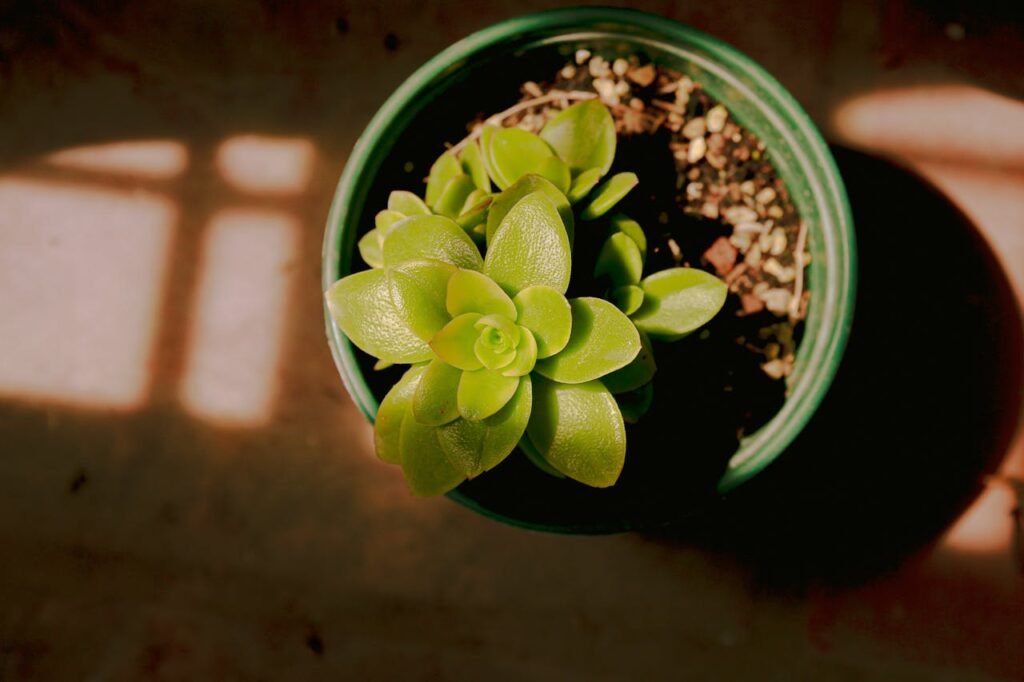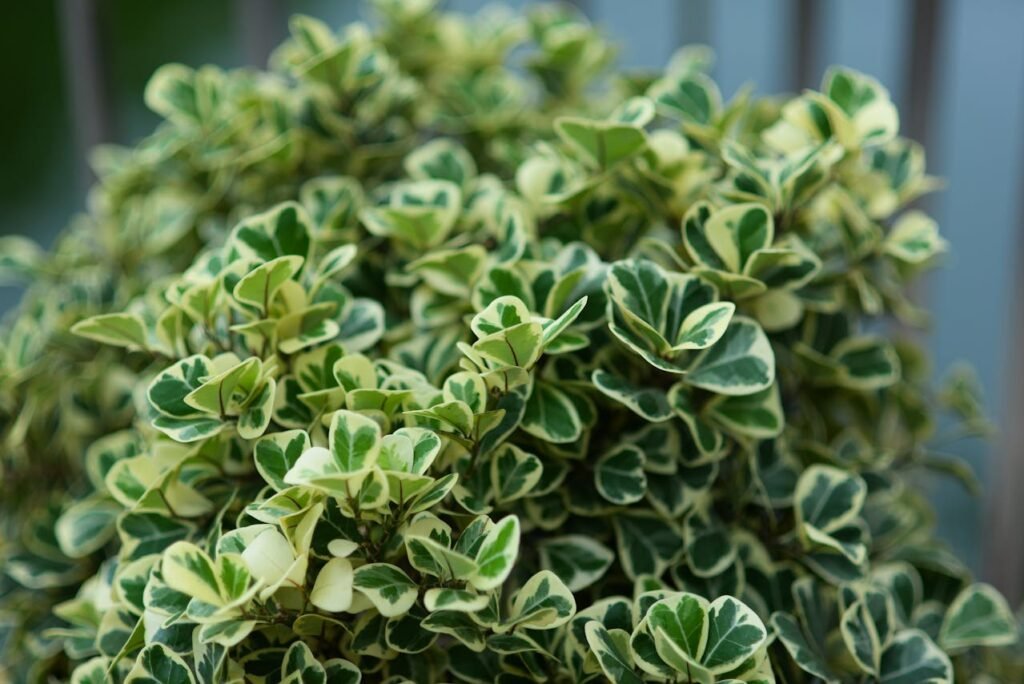Bringing the outdoors in with houseplants is a great way to liven up your living space, but choosing the right plant can feel overwhelming.
With hundreds of varieties to pick from, how do you know which one will thrive in your home? Selecting the perfect houseplant is essential for setting yourself up for success and long-term growth.
In this comprehensive guide, we’ll cover the key factors to consider when choosing a houseplant, including lighting, water needs, size, and lifestyle alignment. By the end, you’ll have the knowledge to pick the greenery that will not only look beautiful in your space, but also stay healthy and happy for years to come.
On the occasion of Christmas I know you bring a Christmas tree and decorate it. But we use it for a short time.
Whether you’re a total beginner or a seasoned plant parent, finding the right houseplant doesn’t have to be a challenge. With a little research and an understanding of your home environment, you can transform any room into a lush, vibrant oasis.
Let’s dive in and discover how to select the ideal houseplant match for your space!
Assess Your Lighting Conditions

Lighting is one of the most critical factors to consider when selecting a houseplant. Different plants have vastly varying light requirements, so it’s essential to understand the natural light levels in your home before making a purchase.
Start by evaluating each room – some may be bright and sunny, while others are dim and shaded.
Identify the right lighting condition
Take note of where the windows are located and how much direct sunlight each area receives throughout the day.
South-facing rooms usually get the most light, followed by west and east-facing spaces. North-facing rooms tend to be the darkest. You can also use a light meter app on your smartphone to precisely measure the light levels in lux or foot-candles.
Low light plants
Armed with this information, you can begin to narrow down your plant options.
Low-light plants like ZZ plants, peace lilies, and Chinese evergreens will thrive in darker corners, while sun-loving options like succulents and cacti need as much direct light as possible.
Identifying the right lighting conditions is key to ensuring your houseplant will grow healthy and strong.
Consider Water and Humidity Needs

In addition to light, you’ll also want to think about how much water and humidity your future plant requires.
Some varieties, like pothos and snake plants, are incredibly low-maintenance and only need to be watered every week or two. Others, like orchids and calatheas, are more finicky and need consistently moist soil.
Pay attention to watering schedules and be honest about your ability to remember to care for a plant. If you often forget to water, opt for drought-tolerant succulents or cacti. But if you don’t mind sticking to a more frequent routine, consider adding humidity-loving plants like ferns or philodendrons to your home.
You can also adjust the environment to better suit certain plants. Using a pebble tray, grouping plants together, or even running a humidifier can help increase the moisture in the air. Understanding a plant’s watering and humidity requirements ahead of time will prevent issues like yellowing leaves, wilting, or root rot down the line.
Determine the Right Size for Your Space
Once you’ve nailed down the lighting and water needs, the next step is to choose a plant that fits your available space.
Houseplants come in a wide range of sizes, from petite succulents to towering fiddle-leaf figs. Measure the dimensions of the areas where you plan to display your greenery, whether that’s a small side table, a large empty corner, or a bookshelf.
Compact, low-growing options like peperomias or Chinese money plants work beautifully on shelves or desktops. Medium-sized varieties like snake plants and ZZ plants can make a statement on the floor or a console table. And if you have the room, dramatic, large-leaved plants like monstera deliciosa or bird of paradise can create a true jungle vibe.
Just be sure to leave enough space around your houseplant for it to grow without becoming overcrowded or spilling over its boundaries. Selecting the appropriate size from the start will help your plant thrive long-term.
Choose a Plant that Fits Your Lifestyle

When selecting a houseplant, it’s important to be honest about your level of plant care experience and daily habits.
Are you a total beginner who tends to forget to water? Or do you consider yourself a seasoned green thumb who delights in nurturing finicky varieties? Understanding your personal plant care style will help you choose an option that aligns with your lifestyle.
For those new to the world of indoor gardening, low-maintenance, resilient plants are the way to go. Consider succulents, snake plants, or pothos – these varieties are incredibly hard to kill and can often bounce back from neglect. They’re perfect for busy households or anyone who travels frequently.
On the other hand, if you’re an experienced plant parent who relishes the challenge of more demanding greenery, you can explore options like orchids, calatheas, or fiddle-leaf figs. Just be prepared to stick to a consistent watering schedule and keep a close eye on their care needs.
Introduce Some Variety and Personality

While it’s important to select plants that will thrive in your home’s conditions, don’t be afraid to mix things up and have a little fun! Incorporating a variety of shapes, sizes, and colors can transform your space into a truly unique and visually interesting indoor garden.
For example, you might pair a tall, architectural plant like a fiddle-leaf fig with the cascading vines of a pothos or the broad leaves of a monstera. Or group together a collection of small succulents in various hues to create a captivating display. The possibilities are endless when it comes to blending different houseplant varieties. Trust me it will be a game changer.
You can also get creative with unconventional or unique plant options that reflect your personal style. Perhaps you’re drawn to the whimsical appearance of a string of pearls or the prehistoric look of a nerve plant. Whatever your preference, don’t be afraid to step outside the box and find houseplants that truly speak to you.
Conclusion
Choosing the right houseplant for your home doesn’t have to be a daunting task. By considering key factors like lighting, water needs, size, and your personal care style, you can select greenery that will thrive and complement your living space.
In the beginning of home decoration with plants I make a lot of mistakes and I learn from them . And that’s why i know how to choose and how yo suggest for good indoor plant for decoration
Don’t be afraid to experiment and have fun with your plant selections. Mixing different shapes, sizes, and varieties can create a truly one-of-a-kind indoor garden. With a little research and the right match, you’ll be well on your way to enjoying the beauty and benefits of houseplants for years to come.



